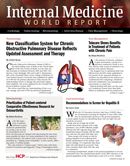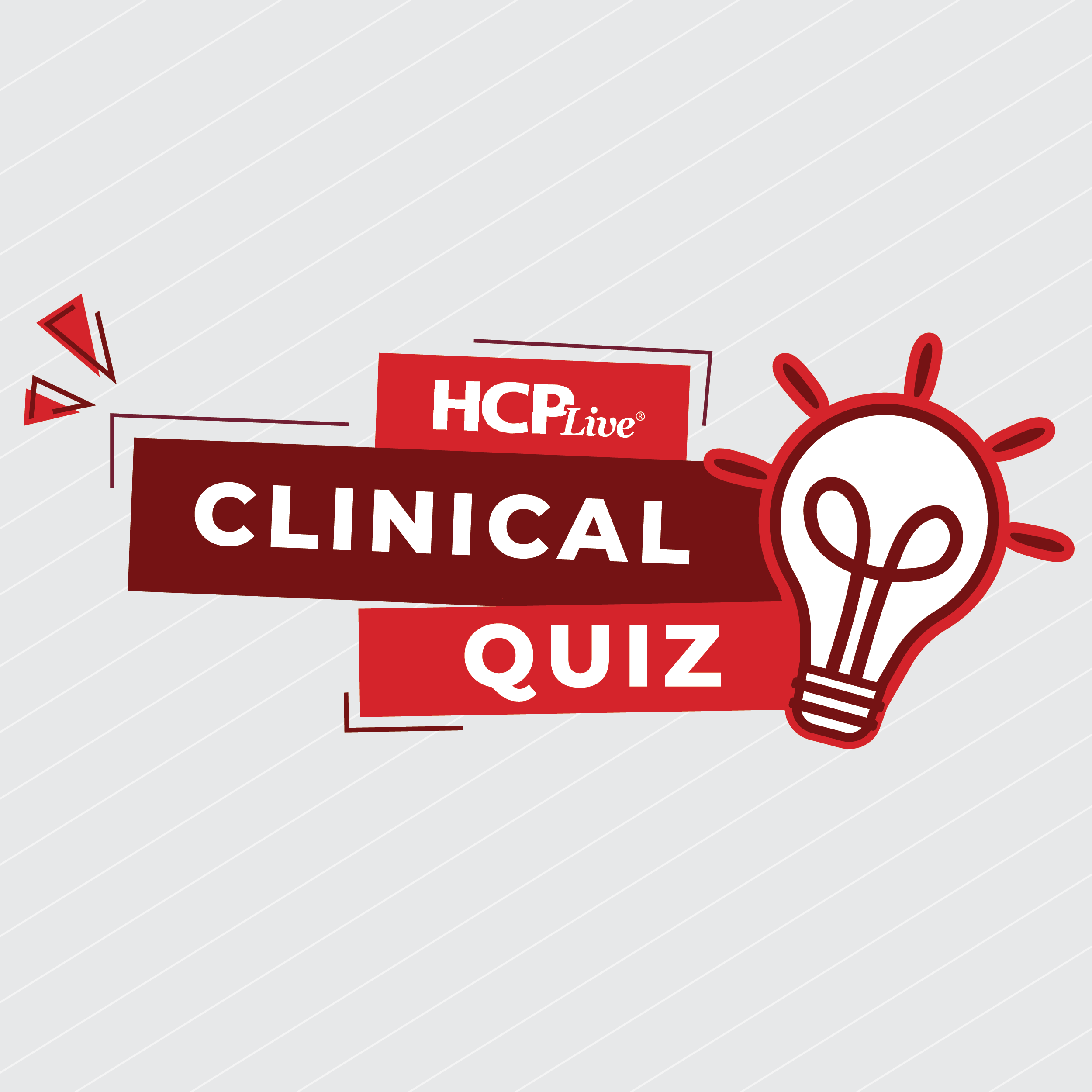Publication
Article
Internal Medicine World Report
New Classification System for Chronic Obstructive Pulmonary Disease Reflects Updated Assessment and Therapy
Author(s):
Chronic Obstructive Pulmonary Disease (COPD) is the third leading cause of death in the United States, and of the top 5 causes of death, it is the only one that increased in incidence between 2007 and 2010, and our understanding of how to assess, manage, and treat COPD has advanced significantly over the past decade.

Chronic Obstructive Pulmonary Disease (COPD) is the third leading cause of death in the United States, and of the top 5 causes of death, it is the only one that increased in incidence between 2007 and 2010. Two doctors, Umur Hatipoglu, MD, and Loutfi S. Aboussouan, MD, of the Cleveland Clinic Lerner College of Medicine of Case Western Reserve University, have published an update on COPD for the primary physician to help increase the understanding of how to manage this previously stigmatized condition. The review appeared in the Cleveland Clinic Journal of Medicine in June 2014.
The review noted that our understanding of how to assess, manage, and treat COPD has advanced significantly over the past decade. Physicians are encouraged to instill optimism for improved symptoms and quality of life in their patients with COPD. The review discussed a new COPD classification that is based on severity, symptoms, and exacerbations. Additionally, the Global Initiative for Chronic Obstructive Lung Disease (GOLD) periodically issues evidence-based statements on how to prevent and treat COPD. In its most recent update, GOLD suggested 2 goals: improving symptoms and reducing the risk of death, exacerbations, progression of disease, and treatment-related adverse effects. The latter goal, to reduce risk, is relatively new, according to Hatipoglu and Aboussouan.
The review sets out several additional key points: azithromycin 250 mg/d prevents exacerbations of COPD in those at high risk; long-acting muscarinic antagonists such as aclidinium and tiotropium are first-line therapy; relatively new options include roflumilast and indacaterol; and non-drug interventions include pulmonary rehabilitation, vitamin D supplementation, noninvasive positive-pressure ventilation, and lung-volume reduction surgery.





